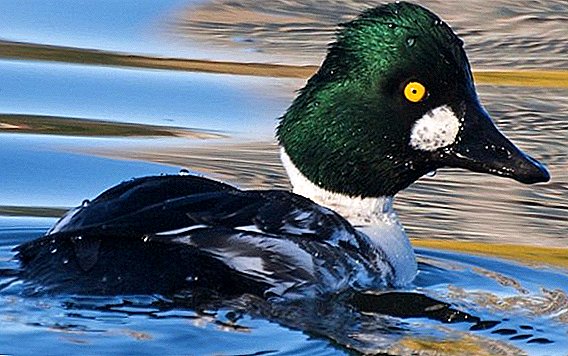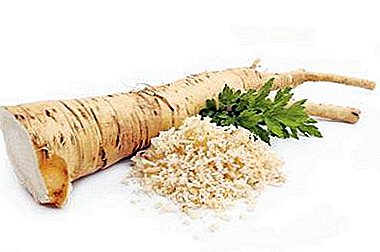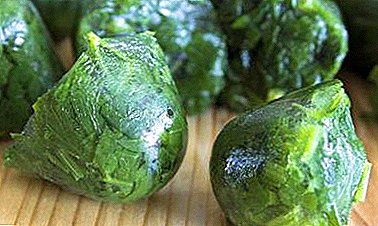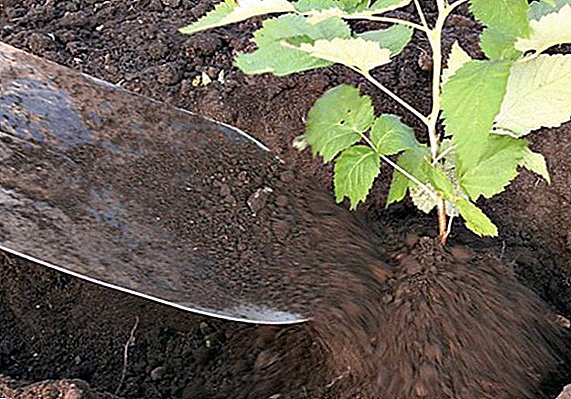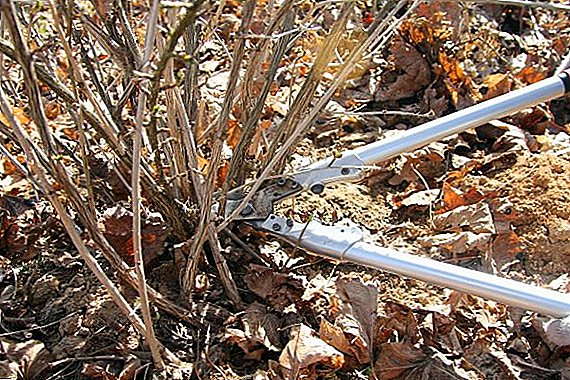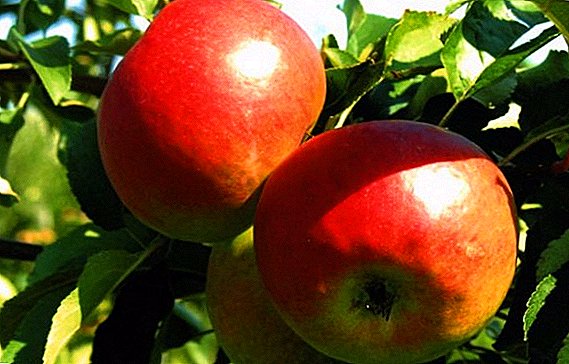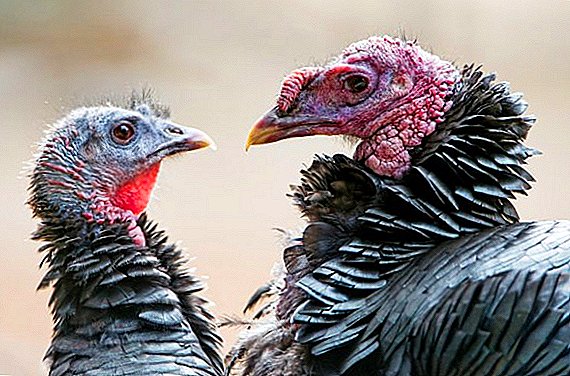 Most poultry farmers who breed and grow turkeys face the problem of correctly determining the sex of newborn birds. Such a task, although it seems not so important, but still, the correct calculation of the necessary diet and amount of food, rationalization of the balance of females and males in the herd, the creation of comfortable living conditions for birds, the achievement of the right ratio of male and female individuals depends on its correct solution. based on habitat and number of animals. All these moments that are vital for turkeys should be taken into account by the farmer. This can be done only by pre-determining the sex of the bird. And about how this can be done, read the article.
Most poultry farmers who breed and grow turkeys face the problem of correctly determining the sex of newborn birds. Such a task, although it seems not so important, but still, the correct calculation of the necessary diet and amount of food, rationalization of the balance of females and males in the herd, the creation of comfortable living conditions for birds, the achievement of the right ratio of male and female individuals depends on its correct solution. based on habitat and number of animals. All these moments that are vital for turkeys should be taken into account by the farmer. This can be done only by pre-determining the sex of the bird. And about how this can be done, read the article.
On cloaca (Japanese method)
Contrary to popular belief, it is possible to determine the sex of poults already in the first hours after their birth, moreover, the result will be practically without errors. And the Japanese method suggests one simple, but original way to distinguish poults. In this matter, you can help simple palpation of the cloaca of a small bird.
 Genital organs: 1 - cockerel, the presence of a circular tubercle; 2 - chickens, fold of cloaca without bulges; Turkey, the presence of two bumps - 3; 4- turkey, flattened hemispheres; 5 - drake; ducks, flattened hemispheres - 6.
Genital organs: 1 - cockerel, the presence of a circular tubercle; 2 - chickens, fold of cloaca without bulges; Turkey, the presence of two bumps - 3; 4- turkey, flattened hemispheres; 5 - drake; ducks, flattened hemispheres - 6.
Important! Only up to the age of one can use the method of feeling the cloaca. After 24 hours from the moment of birth, it will be problematic to feel the chicks in this way, because their organisms are gaining strength very quickly and the cesspool is no longer so malleable.So, in order to apply the Japanese method to turkey poults, you need to take the applicant for an inspection in your left hand, then turn the baby upside down with the tail up and slightly stretch the cloaca with the free fingers of the right hand.
Next is the feeling of the genitals that have come to light. In case if:
- the genitals are intensely colored and the red color gleaming in the light, and the sexual organ is expressed by two mountain-like elastic tubercles, then you can surely say that the future leader of the herd is in your hands;
- genitals have a soft pink color, and the shape is a continuous fold, passing through the central part of the cloaca, then you are holding a turkey.
In order to achieve the highest probability of correctly determining the sex of newborn birds, they should be felt in the first 15 hours from the moment they were born. 
According to external signs
Also a great way to distribute females and males among newborn turkeys will be a visual inspection. As a rule, the external differences between male and female turkeys are very striking. The following is a generalized list of the main distinguishing external features of males and females:
- Even small males will still look bigger and heavier than miniature females. But it does not rarely happen situations when this rule is not executed. In some breeds, females can significantly exceed the mass and size of the males or be equal to their indicators. Therefore, relying only on weight and height is not worth it, because there is a rather high probability of making a mistake.
- Male turkeys have a distinctive beard and spurs on their paws, but females lack such elements. The only caveat will be that such anatomical features can be detected only after turkeys reach two months of age.
- Special attention should be given to the plumage of these birds, because males and females can be distinguished by feather cover on the chest and neck, as well as feathers in the wings.
Did you know? Scientists from the University of Massachusetts conducted a study that revealed the incredible: the turkey's DNA exactly coincided with the DNA of Triceratops, who lived on our planet more than 65 million years ago.

By plumage on the chest and neck
By feather cover on the chest and neck, you can also recognize a male or a female turkey. So the feather cover of the female in the chest is thick and soft, but in males you can find a gland on the neck, which, when palpating, will look like a dense growth of skin covered with hairs. Such a growth is detected only when the male reaches the age of five months.
Special attention is given to the degree of bare neck. So the female's neck is bare only slightly in the head. The number of feathers on the head of the female is higher, but the corals are smaller than those of the males. The neck of turkeys is naked stronger, and almost over its entire length one can notice large fleshy growths of corals in the form of cones. On the beak of the male there is another growth on the beak, which can change its shape and size, filling with blood.
Did you know? As a result of the research, it was found that turkey meat contains much less cholesterol than any other kind of meat, including red meat. In addition, due to the record low content of purines, turkey meat is considered to be one of the most dietary and easily digestible.

The length of the feathers on the wings
This is surprising, but even in terms of the length of the feather cover on the wings of small turkey poults it is possible to determine whether they belong to males or females. Thus, in turkeys, the extreme feathers on the wings will have exactly the same length indicator, while in turkeys the feathers will be shorter and less rigid. They will be more like light down than shaped feathers.
Despite some doubtfulness of this method, it is often used even in industrial poultry farms. This method helps to identify males and females from the first days of life, because with the maturing of birds, their wings and plumage develop and level in length.
Check out the list of current turkey crosses, turkey breeds for home breeding, the technology of incubation of turkey eggs, the temperature regime for turkeys, the features of turkey breeding in the household.
By behavior
The severity of the hierarchy in Turkey herd dictates the law of the single leader. Only one male will rule in the herd, above all the females. Therefore, if you decide to leave more than one male in the herd, then you should not be surprised when some manifestations of homosexuality will arise between the males.

Due to its peculiarity, expressed in increased maternal and paternal feelings, turkeys carefully protect their offspring. For this, young males gather in groups to protect broods. So you can identify the males among the other individuals, because they will "patrol" the habitat of the herd.
Males at the age of several months and older are already beginning to organize large-scale battles, which sometimes can end very badly for the losers, even deaths are possible. Such battles arise because of the need to establish sole dominance. Therefore, if you see birds fighting, then the males are in front of you. Females in the struggle for power do not participate.
Find out how much a turkey and an adult turkey weigh, how to nip a turkey at home, how useful turkey meat is and how to cook it.Special mention deserves a very unusual way to identify males and females among turkeys. Experimentally, it is possible to find a frequency of ultrasonic waves at which only representatives of the same sex will rush to the source of these sounds.

Other birds will force such a signal to run away. Chicks who have gathered near the source of ultrasound waves should be somehow marked (for example, stick colored stickers on their paws) in order to avoid further confusion.
Important! For successful breeding turkeys they should be kept separately. Such a division should be carried out no later than the moment when females and males reach two months of age.
So, the definition of gender among newborn turkeys is an important task for the poultry farmer who wants to create the most effective conditions for living, growing and breeding these birds. Guided by the methods given in our article, you can perfectly cope with the issue of the distribution of young animals for males and females, thereby minimizing possible errors and waste of resources on their further maintenance, feeding and maintaining health.
Determining the sex of turkeys: video
How to determine the sex of turkey: reviews
You are right, SO males do it. Now I have clearly understood this difference. The females are still not so obviously inflated: the tail is not dismissed, although feathers are bristling. And the characteristic bend of the neck and pressing the head with simultaneous sagging of the trunk is absent. And in time for females, this process is much shorter. And yet, the males either snort or sneeze. :)

- females have fluff on their heads, while males have larger and bald heads
- pimpochka over the beak of females is small, and the males are larger even when in a calm state. When dancing in males, it hangs down.
- paws, toes of males more powerful
- in males, the bare part of the neck is longer and with a large number of corals
- and this is from the breed - in the first year basically only the males grow a beard
- by voice: males have a “bubbling” voice, but females do not have this.
If I remember anything else, I’ll add




